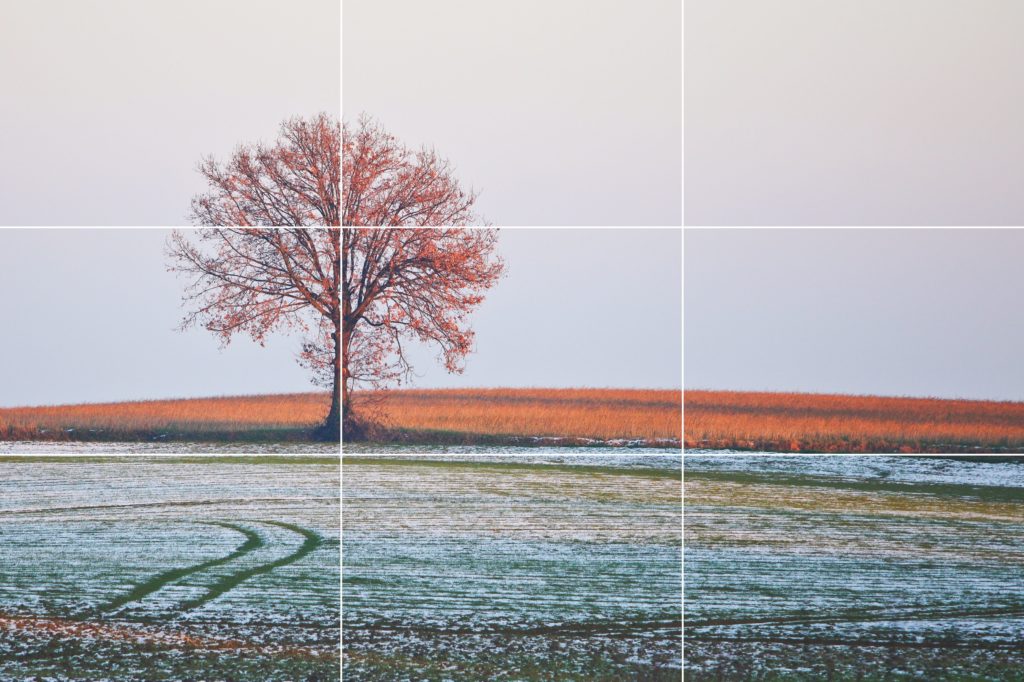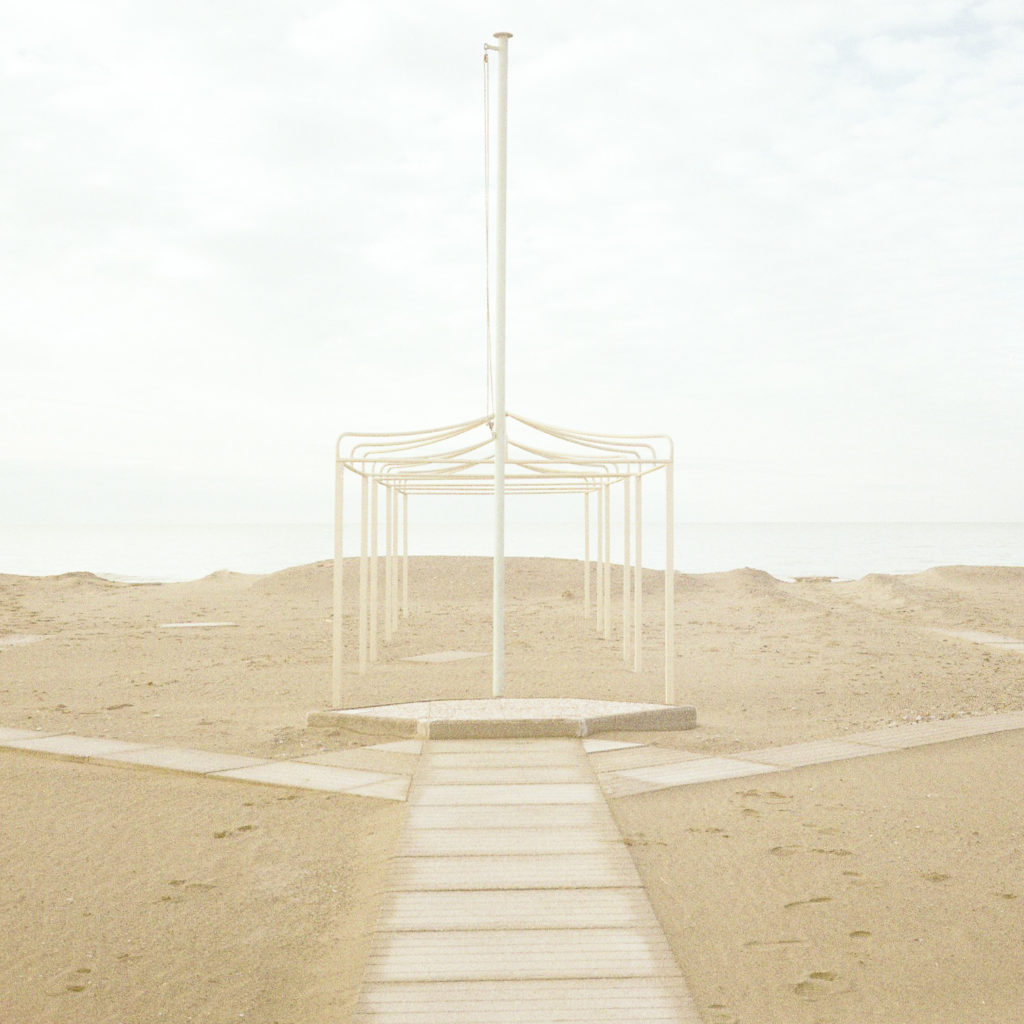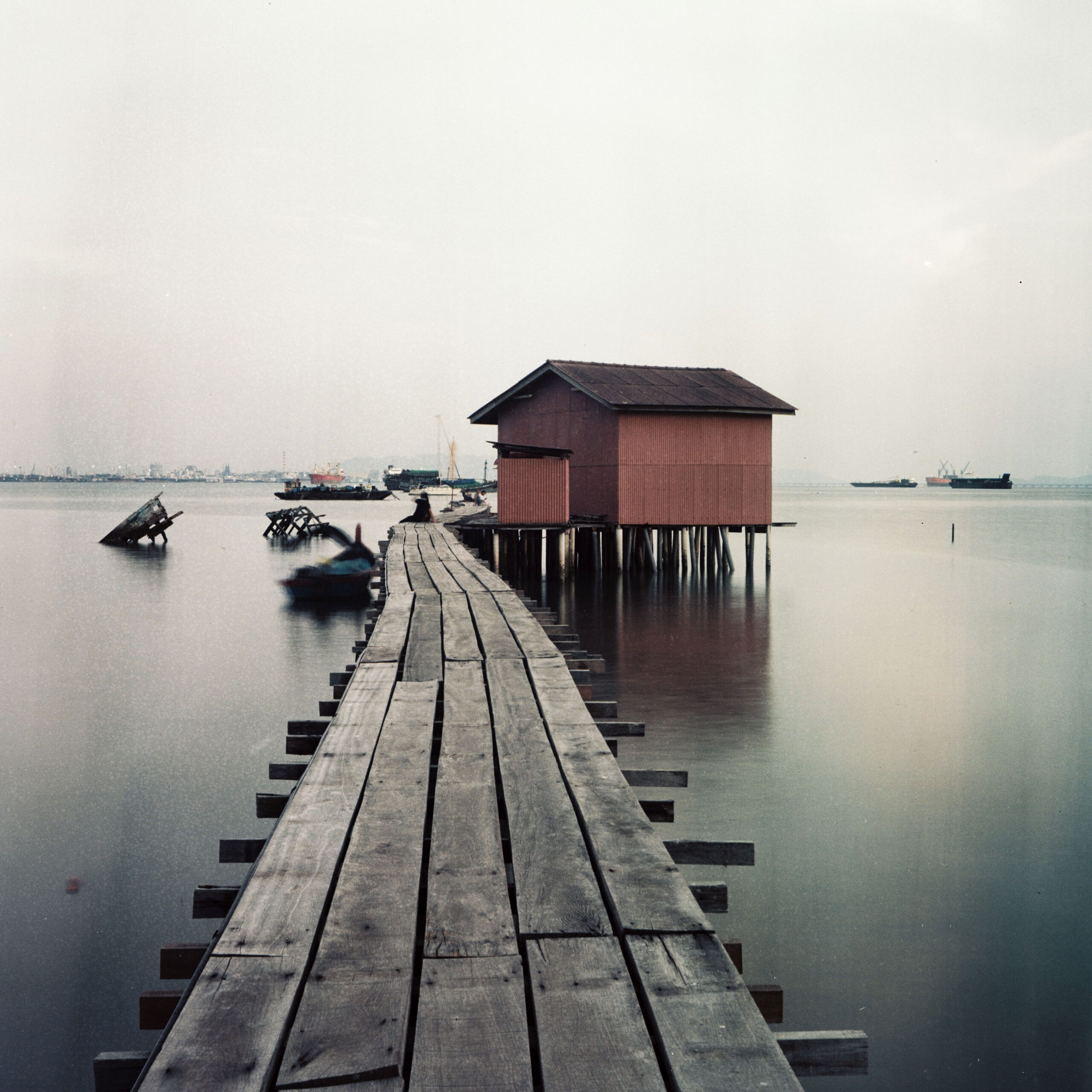Overview on Composition
The rules of composition, in travel photography, are fundamental if we want to draw the attention of an observer in the right way to an element, a detail or a part of an image that we have taken. So understanding composition in travel photography is a critical part of taking a good picture. In few words refers to the arrangement of elements used. It means paying attention to what will be photographed, how it is placed in relationship to other objects in the image, and how well the subject matter is expressed. Good composition adheres to many different rules, not in a regulatory way but as proven guidelines. It also uses a variety of techniques to achieve these goals like dealing with exposure. It is basics factor for anyone who want doing some good photography. So I look at five key rules and techniques employed to achieve great results when you capture people, urban landscape or nature. If you are just beginning to explore photography, mastering these will certainly enhance your craft.
The Rule of Thirds
The Rule of Thirds is one of the most important composition travel photography rules to learn. So the idea is simple: you use four lines, two horizontal and two vertical too. Then split the frame into thirds so it is comprised of 9 parts. If your focal point, the subject of the image, is located at points where the lines cross, the image is more visually appealing. Planning ahead to capture a subject using this rule greatly enhances the quality, yet digital technology can help alter and crop images taken ‘in the moment’ to utilize the rule. Anyway you don’t have to compose all picture in this way, because is more a guideline then a rule. The illustration below will help you visualize the Rule of Thirds

Simplyfy the images
It took me many years to remove and clean superfluous elements from my image. But it was a process that allowed my photographs to make a huge step of quality. Don’t do like me and start to simplify the images. In fact, when you composing the frame also you helping the viewer to focus on the exact subject you want them see. An overly cluttered shot with chaotic backgrounds can distract the eye. Instead is better more clean without many elements. Therefore, prior to pressing the button, determine if the background is important to the overall image and message. If not, try taking a photo from an angle with a less distracting background or remove unnecessary objects. Other techniques to achieve this includes focusing on the subject and blurring the background or putting a solid background between the subject and the distracting objects. When you traveling many times for take some portrait you have to change perspective and find a nice background.
Fill the Frame Carefully
Going along with simplify the images, you have to be extremely carefully when fill the frame. So one thing that can detract from any visual art is excessive negative space, areas of a photograph or painting left empty or filled with unimportant, non-subject clutter. This occurs when the subject of the image is too small compared to the scope of the shot. Imagine taking a picture of a house, but it is far, like a mile away. Would that picture be good, or should you get closer to the house? When you traveling sometimes approaching your subject may not be easy, and zooming in or using a telescopic lens will help. Another aspect can help is using extra space around the subject can be cropped out in editing. However, use some caution and planning when filling the frame to avoid cutting off aspects of the image that can distract viewers with their absence, like part of a person’s head or an arm. If the situation can allow to take time don’t rush, be patience when you capture the image.
Contrasting Colors
It is important to know how to play with colors to give meaning and a message to our photography. Also is one of the compositional elements that manages to make the most of people, by attracting the observer’s attention to a particular photo rather than another or focusing his attention at a specific point in a scene. So it is another way to make your subject stand out is by using contrasting colors. Examples of this include vibrant vs muted colors, warm vs cool colors, and dark vs light colors. The last one, light and dark, is especially important because our eyes tend to move from darker colors towards lighter colors. So there are various types of contrast such as tonal, subject, geometric, size or position. If you pay attention to the photographs, the contrast is present in almost every shot.

Use lines
The lines are also a very effective method to significantly increase the impact of your images. The lines, in fact, can lead the eye through the photograph itself, making the viewer’s attention remain concentrated on the image. There’re different kind. For example the horizontal lines tend to indicate a sense of uniformity and constancy. Furthermore, this type of lines can also serve to provide a contrast with any moving parts present in the photo. Even the vertical lines have the characteristic of transmitting a feeling of stability very similar to the horizontal ones, but in addition they can give a greater feeling of peace and tranquility. We often find these types of lines both in urban landscapes (light poles, buildings). Also you can capture in nature (rocky walls or trees). Unlike the previous ones, the diagonal lines instead convey a sense of dynamism and action. This is why they are perhaps the most effective. They are able to capture the attention of the viewer. In fact make them travel within the image until they reach the point of greatest interest of the shot. These lines can be made using roads, tracks, sidewalks, waterways, shadows or maybe even colors.

